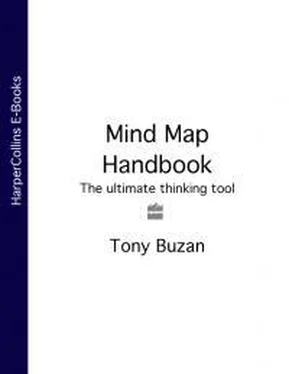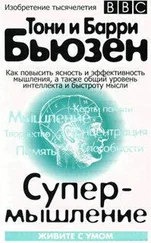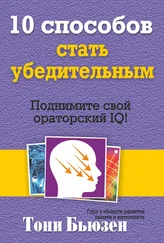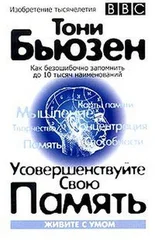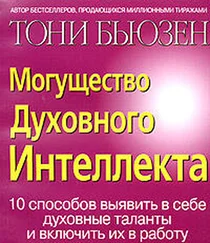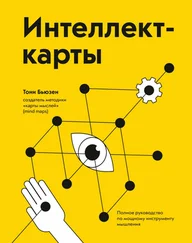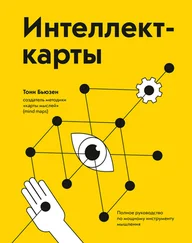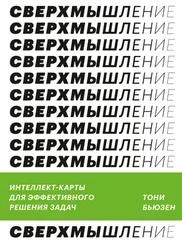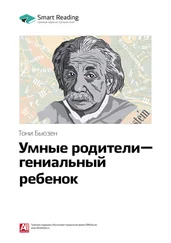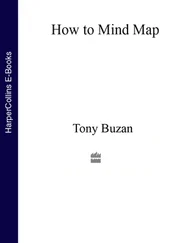Go back to Tennyson’s poem The Eagle here, and examine closely what Creative Thinking techniques are used throughout the poem. Find anything that appeals to you in the poem, and use that approach in your own poetry writing.
3. Look for Poetic Moments in your Life
Be on the look out for autumn leaves blowing across the grass; fleeting expressions passing across peoples’ faces; shapes or landscapes in clouds; sunbeams passing through those clouds; and animals in their varying activities. Spend a little more time looking at and musing upon these events, and consider writing poetic descriptions of them.
4. Form Poetic Rituals
Many of the great creative writers (including Ted Hughes) used to have a candle alight beside them whenever they were writing. The candle flame is a wonderful ‘creative meditation’ device, which encourages your brain to look at a beautiful, ever changing object and to daydream. From your daydreams will come many wonderful poetry insights.
5. Take Part in Poetry Activities
Go into book shops and libraries, and browse through books of poetry, selecting those that especially appeal to your own Creative Imagination. Join poetry reading and poetry appreciation clubs, or form one yourself! Check the world-wide web – poetry is proliferating there and you can both learn and contribute. Make poetry and poetic imaginative thinking part of your life!
6. Keep a Poetic Notebook
Buy a beautiful, visually appealing notebook and jot down your Poetic and Creative ideas in it. Its very presence will encourage you to dip into those giant poetic wells of Creative Imagination that have been just waiting for you to draw from them.
7. Create Short Poems
To get you started, try writing short poems, such as Japanese Haiku. A Haiku is always three lines long, and traditionally consists of 17 syllables. The idea of a Haiku is to take any normal object, concept or emotion, and to look at it simply and deeply from a new perspective.
For example, taking the theme of ‘summer’:
Summer: Mercury: sun-hot
Summer: Mars: dry ice
Summer: Earth: paradise
Pick your own favourite subjects or themes, and play with this wonderful poetic form. Have fun and be social with your poetry. It is important to realize that poetry is not always ‘serious’. It can be filled with fun and laughter and love and playfulness.
Take the opportunity, when family members or friends have birthdays, anniversaries or celebrations, to write them little poetic messages or rhymes, much as you find in the cards in card shops. For stimulation, browse through some of the standard ones, and try to improve on them!
8. Develop the Use of your Senses
Once again, our wonderful guide Leonardo, who was also a writer of beautiful poetry and poetic prose, comes to our aid. In addition to his Connection principle, he had another one – that of Sensation. Leonardo suggested that when you are thinking creatively or writing creatively you should have developed your senses so that you can use all of them in your creative expression.
Many budding poets and writers fall into the trap of using only one sense – such as ‘sight’. When you write your creative masterpieces involve all your senses.
Remember – You are a Natural-born Poet
As with art and music, continually reinforce to yourself the fact that you are a natural-born poet. Your brain has been writing and thinking poetry and poetic and beautiful thoughts for your entire life.
Now is the chance to let it be free.
Allow it to write POETRY!
3.10
Only Kidding
This final chapter will look at that greatest of creative individuals – the child!
You should come to realize that as you mature, you should be getting more youthful; that the older you get the younger you should become! Here you will be introduced to why it is so important for you to re-create the child you were; we will explore a dynamically new approach to Creative Thinking, and will take part in your final Creativity Workout, which, in this chapter, will be a Playground!
The Child
Einstein, as we have seen, was like a grown-up child. He was always filled with wonder at the universe he was exploring, and was always asking simple, obvious and profound questions about the nature of space, time, the universe and God.
Isaac Newton, another of the great giants in the history of science, was considered by others to be the epitome of the serious, awe-inspiringly logical and rational, forbidding scientist.
He considered himself in a very different light. He said that he thought of himself simply as a little boy wandering along a beach. Occasionally and delightfully he would find a beautiful new shell or spot a gleaming multi-coloured stone that enraptured him. The beach was washed by a giant ocean, by the side of which this little boy played.
To Newton, his profound theories and insights were simply those beautiful shells and shining gems; the giant ocean was the Ocean of Truth, which he had hardly begun to explore.
Away From The Child
A disturbing experiment, recently carried out in Utah, America, investigated the amount of Creative potential used by people at different ages. To research the ‘Development’ of Creativity throughout life, kindergarten children, junior school children, high school and university students, and adults were surveyed to determine the amount of Creative potential used in tests. The results were traumatic!
age group
percentage of creativity used
Kindergarten children
95–98%
Junior school children
50–70%
High school/university students
30–50%
Mature adults
less than20%
As a near-graduate of the Power of Creative Intelligence you will know the reason why: as the children’s lives had progressed, all the things that we have spoken about in this book were gradually ‘edited out’ of their lives, leaving only the husks and discarded shells of Creativity remaining.
In The Box; Out of the Box; Back in the Box!
The way in which we have trained ourselves has, in the modern expression, kept all of our thinking ‘in the box’.
Much of modern education and business training is now increasingly being devoted to getting us ‘out of the box’. On one level that is what the Power of Creative Intelligence has been helping you to do.
But let’s use one of our own Creative Thinking tools, and look at this (as we know we must do!) from another perspective.
At festive seasons and anniversary times, there is a common complaint made by parents about the reaction of their very young children to the fabulous toys they have been given. The complaint goes something like this:
‘ We spent over £100 on this fantastic toy, with all kinds of new-fangled gizmos and gadgets, and our little boy and little girl spent 15 minutes playing with it and then discarded it. And now they are playing with the box in which the present came! ’
Why is this so often the case? Think about it. The children’s amazingly creative brains have worked out their new toy in virtually no time at all, realized that it does a few basic, generally repetitive things, enjoyed it, and moved on. To what? To something far more interesting – the box .
Just Think What That Box Can Be to A Child. It Can Be:
a time-travelling machine that will take them back to the times of the dinosaurs
a spaceship that will take them to the end of the universe
Читать дальше
